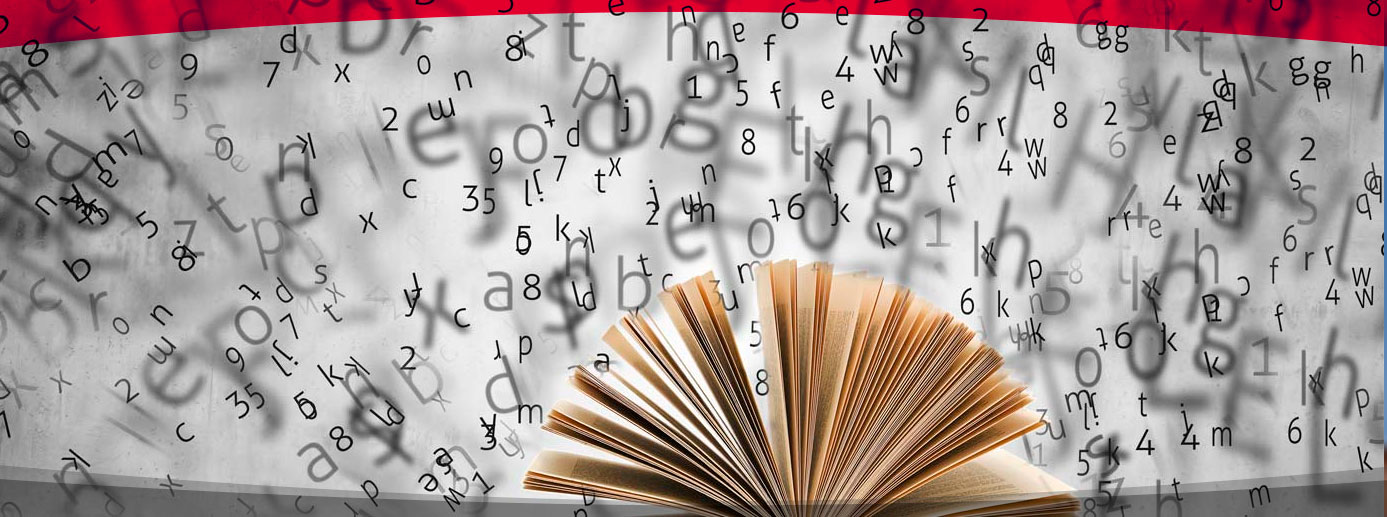
SEMINARIO 1:
Técnicas de Investigación
Movimiento oculares en la investigación en psicolingüística
- Fecha: Viernes 12 de abril de 10:00 a 14:00 y de 15:00 a 17:00.
- Sede: Departamento de Lenguas Aplicadas, Facultad de Lenguas y Educación, Universidad Nebrija.
- Destinatarios: Estudiantes Doctorado en Lingüística Aplicada.
- Duración: 10 horas (6 horas: curso presencial / 4 horas: trabajo individual alumno).
Ponente

Simona Mancini Basque Center on Cognition, Brain and Language.
Simona Mancini obtained her Ph.D in Cognitive Sciences from the University of Siena (Italy), with a dissertation on the processing and representation of agreement features. Since then, she has been working at the Basque Center on Cognition, Brain and Language, first as a post-doctoral researcher, and now as a staff scientist and leader of the Neurolinguistics and Aphasia Group. Her scientific activity lies at the intersection between theoretical linguistics and neuroscience, with the ultimate goal of unveiling language architectural principles and its neurobiological foundations. In particular, she focuses on core computational mechanisms (agreement and merge) and their processing correlates in adult speakers, but also second-language and language-impaired speakers. The output of her work is varied and includes articles published in several peer-reviewed, high-impact journals, most of which have a Q1-rank in the Language and Linguistics and Behavioral Sciences categories, as well as monographs and book chapters. She is member of the teaching staff of the Master in Cognitive Neuroscience of Language and of the Ph.D program in Cognitive Neuroscience (UPV/BCBL)
Descripción
The course is intended to provide an introduction to the eye tracking technique in
psycholinguistic research. No prior knowledge of the technique is required.
The course is articulated in three parts. The first part of the course includes a brief overview
of the origins of eye movements research and its applications to the study of cognition. In
the second part, the application of eye movement research to the study of language will be
presented, with a review of experimental paradigms and literature on eye movements in
word and sentence readings. In the final part of the course, participants will take part in the
design of an eye-tracking experiment.
Bibliografía
- Kliegl, R. & Laubrock, J. (2018) Eye-movement tracking during reading. In de Groot, A. M., & Hagoort, P. (Eds.). (2017). Research methods in psycholinguistics and the neurobiology of language: A practical guide (Vol. 9). John Wiley & Sons.
- Rayner, K. & Castelhano, M. (2007) Eye movements. Scholarpedia, 2(10):3649. (http://scholarpedia.org/article/Eye_movements)
